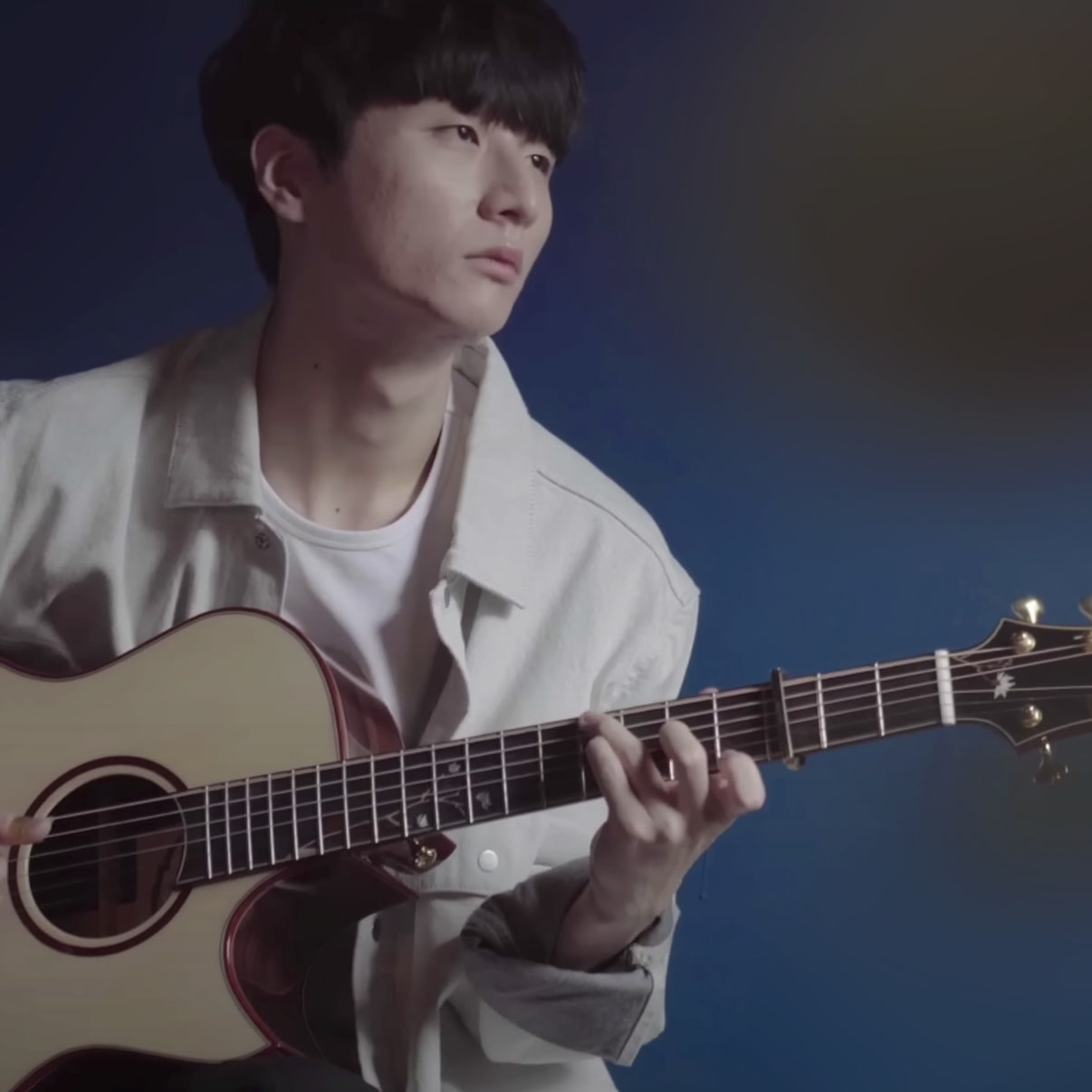Having multiple guitars is becoming more and more common in a worship band setting, so being able to create different sonic layers is important to stop the overall sound becoming too crowded. Using full capos is one way of doing this, but what about using a partial capo as well?
A partial capo covers 3 strings, which can be used in various different ways depending on how creative and adventurous the user is. I’m going to talk a bit about two different positions for the capo that I think are great for worship leaders to give a fresh sound to some very familiar chord patterns.
The first example has the capo on the second fret (relative to the nut or a full capo) covering the A-D-G strings. When you strum the open strings and you now have an Esus4 chord shape, meaning it’s similar to being in DADGAD tuning which gives the same open chord only a tone lower. This opens up some lovely, incredibly simple new chord shapes that sit beautifully against standard chords coming from other instruments, but sounds very different due to the “drone” from leaving the B & E strings open and unmuted for the majority of chords. I like to think about it as playing everything in the key of E (relative to wherever you place your capo) and just needed to learn the new shapes. Here's a chord chart I made earlier that you can print (opens in a new window).
A nice easy one to start with might be “This Is Our God” by Reuben Morgan, already in E. If you’ve got another guitarist with you, try them with a capo on fret 4 playing chords in C!
It’s also great to use further up the neck – try playing a song written in G with a full capo on fret 3 and the partial on 5. When you get to the end of this page you'll find a video of my lovely wife Becca and I playing through Brian Johnson and Kari Jobe’s “Forever”, complete with chord shapes!
The second position isn’t used so much, but that might be down to previously available capos rather than by choice. Place the capo underneath the neck on the second fret to cover the D-G-B strings. Strum the open strings and you now have an A/E chord, very similar to open-G tuning which is the same a tone lower. The reason this position isn’t used as much is because capos would get in the way of your hand meaning there are several chord shapes that become very tricky to fret! But, if you’ve got a G7th Newport partial #3 capo then you should find that the low-profile design means you can very easily reach around it to make the chords.
In a similar way to the first position, get your chords in the key of A and learn the new shapes from this chord chart (opens in a new window). This one is also a lot of fun to try sliding and hammering on extra notes – have a play and see how you get on!





